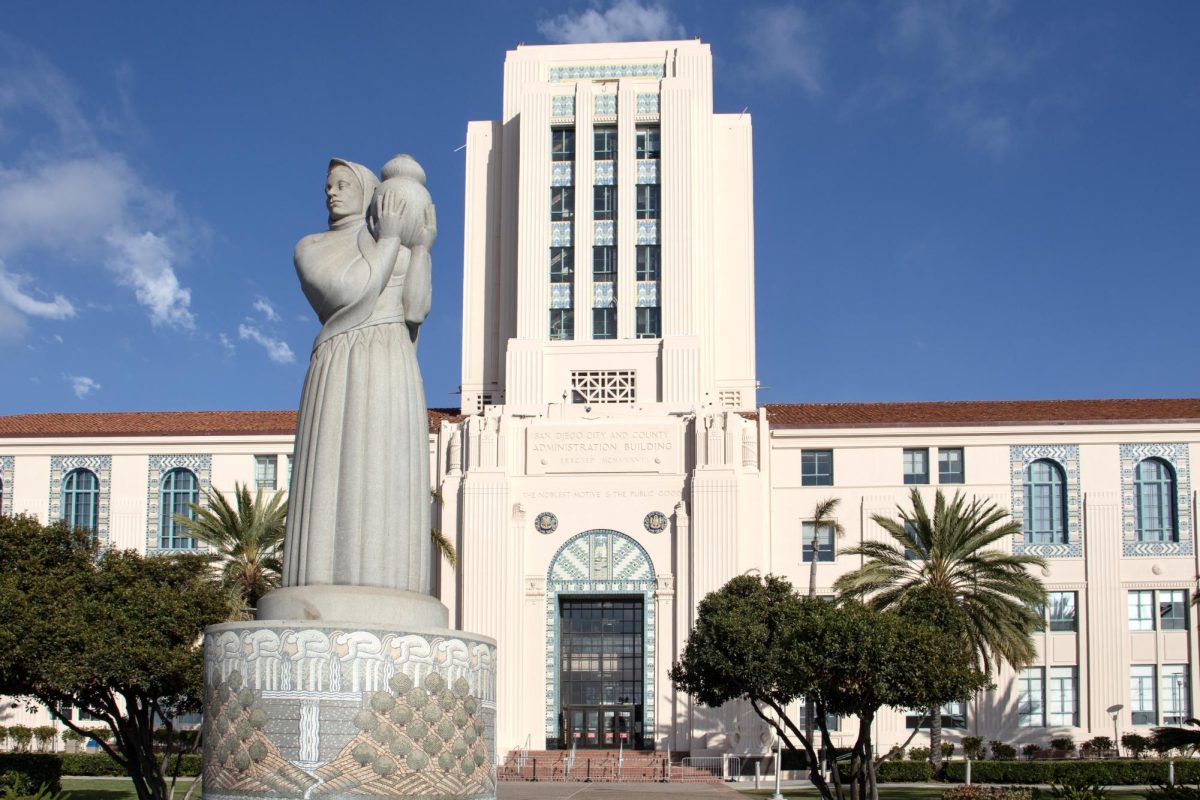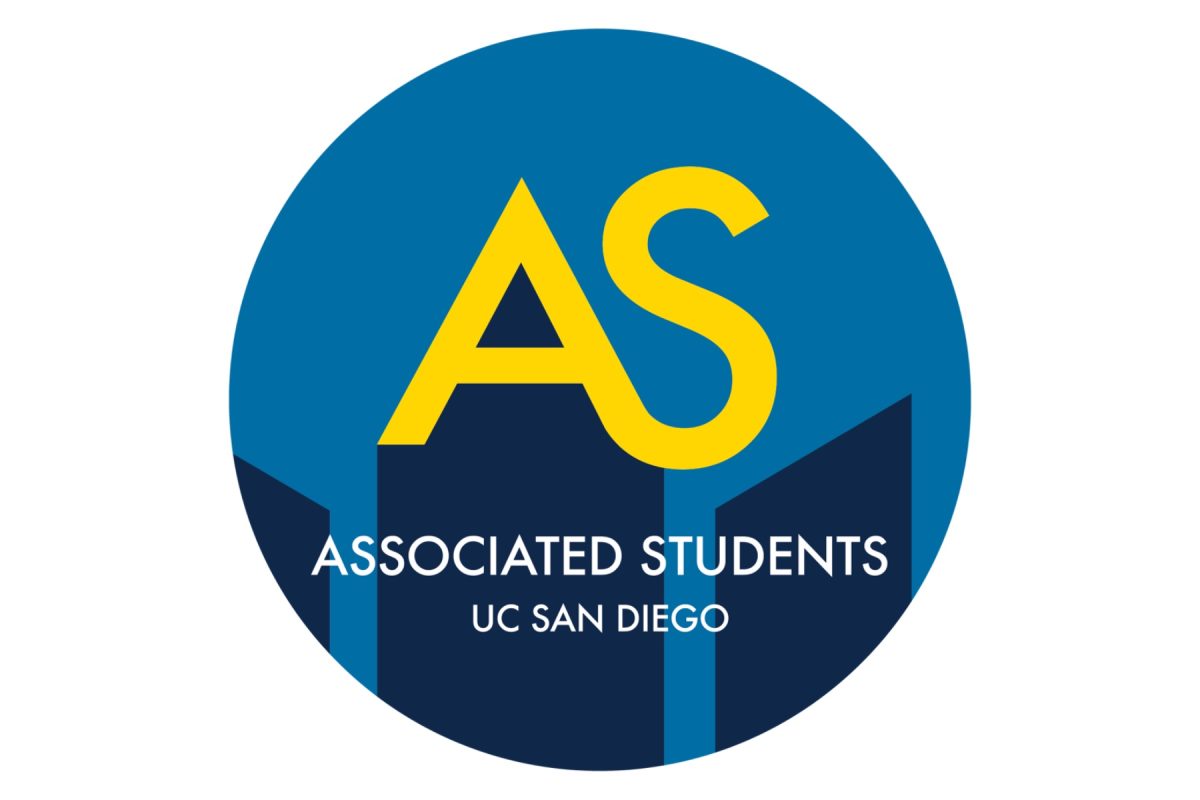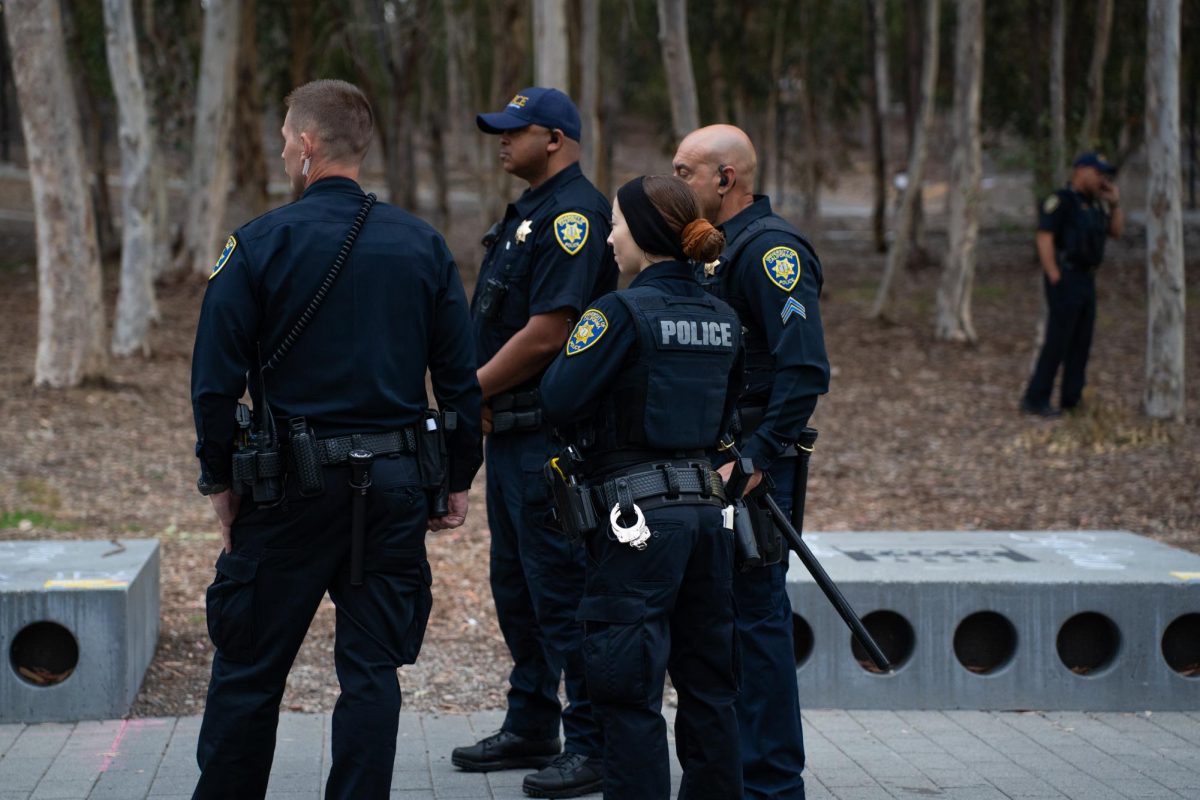UCSD structural engineers on Tuesday conducted seismic testing on a concrete- and steel-reinforced pier that models those planned to support the new east span of the San Francisco-Oakland Bay Bridge.
The tests, which began last week, were conducted at the Charles Lee Powell Laboratories at UCSD to determine the overall strength and earthquake resistance of the newly designed bridge columns.
The project is headed by UCSD Jacobs School of Engineering structural engineering chairman and professor Frieder Seible.
Testing continued Wednesday morning when a quarter-scale model of the structural column was put under enough pressure to theoretically cause the tested column to fail.
“”Failure occurs when a bridge can no longer carry any additional seismic load,”” Seible said.
Engineers and transportation officials are attempting to control such failure on actual bridges during an earthquake.
The pressure applied to the test structure — 700,000 pounds of seismic force — was four times as great as would occur in an 8.0 earthquake.
According to Brian Maroney, principal bridge engineer of the Caltrans Bay Bridge East Span Project, the tests were conducted to gauge the level of deformation a bridge would endure in the event of a major earthquake.
“”There is a 70 percent chance in the next 30 years that a large earthquake may happen,”” Maroney said.
Seismologists have determined that the location of the east span of the Bay Bridge — on the San Andreas and Hayward faults — makes it extremely vulnerable to heavy earthquake damage.
“”Damage zones”” are built into the new structural design to ensure that specific, easily fixed parts of the bridge will absorb the force of an earthquake, protecting the rest of the bridge from life-threatening and financially disastrous damage.
The current east span of the Bay Bridge, completed in 1936, suffered serious damage when 50 feet of the upper deck collapsed in the 1989 Loma Prieta earthquake.
The destructive quake prompted state legislators to fund the retrofitting of standing bridges, such as the San Diego-Coronado Bridge, and replacement of bridges deemed too seismically unsound to repair, such as the eastern span of the Bay Bridge. Caltrans will retrofit the western span of the Bay Bridge that links Yerba Buena Island and San Francisco.
Although airplanes have inadvertently flown into the Bay Bridge and caused no serious damage, the new piers are also built to withstand damage from aircraft.
If an airplane flew into the newly designed eastern Bay Bridge, “”it would be too bad for the plane,”” Sieble said.
Building a new eastern span of the San Francisco-Oakland Bay Bridge Skyway with seismically sound columns will cost about $2.6 billion, a figure considered more economical than the cost of retrofitting the present-day structure.
UCSD has highly advanced testing laboratories, making it a prime location for seismic testing.
“”[UCSD] has one of the most impressive facilities in the United States,”” said Maroney. “”Caltrans is competing against time after Loma Prieta, and UCSD has demonstrated they are willing to race with us.””
Hundreds of geologists, geo-technical engineers and structural designers are involved in designing and testing the new bridge and its components. If test results are satisfactory, the Bay Bridge Skyway construction is scheduled to begin in early 2002 and end in early 2005.







